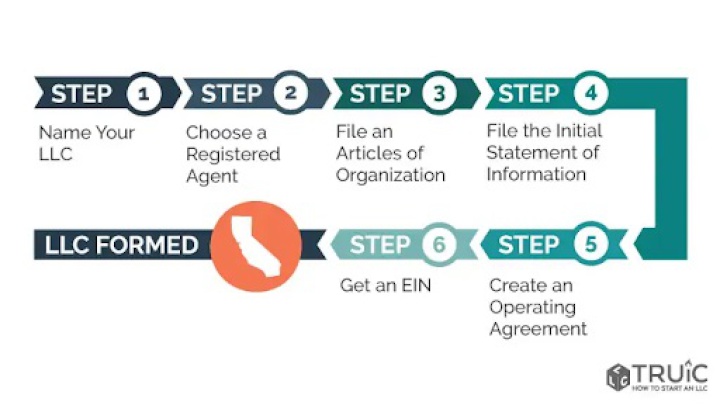As the fourth largest wine distributor in the world, the Californian wine industry soared to new heights despite the ongoing pressure of the pandemic.
Many industries have been shaken up by the pandemic, and the Californian wine industry is no exception. With restaurants shutting their doors, and patrons staying at home, a vital revenue stream had seemingly been foreclosed. Despite this, the Californian wine industry still managed to rake in a reportedly $40 Billion in sales in 2020 - an increase from the previous year. It would appear that the systematic closure of bars and restaurants (a large source of wine distribution), did not have the foreseen, negative effect on the wine industry. In fact, grapes and wine remained in the top three of agricultural commodities produced in California. So how did the Californian wine industry manage to leap over the hurdle of the pandemic?
A Consumer Shift
Prior to the pandemic, consumers frequently purchased and consumed wine at establishments like bars, restaurants and nightclubs. In addition to this, many people would travel to the various wine estates in the California region. As a result, wine distributors and producers received a large portion of their revenue from the hospitality industry. With the introduction of restrictions and mandates on movement, social distancing and outside activity - these establishments suffered the short end of the stick. Consumers took to consuming wine and other spirits at home. This meant that retail purchases of wine escalated. The profit lost in the hospitality industry, seemed to have been counteracted by the increase in profit from retail sites. This shift in consumer mindset, on how they consume wine and other alcohol, contributed to a redistribution of wine sales. Similarly, the type of alcohol consumed saw a dynamic change, with consumers opting for a variety of wine and sparkling wine.
The LLC Factor
A large portion of the top wine producers in California have their business set up as an LLC, or Limited Liability Company. These wine producers include: RNDC, Southern Glazer's Wine and Spirits, Wine Warehouse, and more. The benefits of this business structure proved to be vital in the time of the pandemic. With access to various loans and credits, as well as a variety of tax options, the LLC factor ensured survival for the Californian wine industry. Similarly, the owners and shareholders of wine companies were protected under LLC laws. Meaning, their own income, assets and finances could not come under fire in the case of debt.
LLC’s are not only effective for large businesses, but work well for small, up-and-company companies. To start an LLC in California, there are many steps that you need to take. The Really Useful Information Company (TRUiC), offers a wide variety of services and information that can help you take the plunge into starting your own company as an LLC.

Copyright: TRUiC
Business Reassessment
To stay afloat during COVID, most wine producers in California had to reassess their traditional business models, and restructure their general workflow. For many, this meant capitalizing on the previous year’s grape harvest, and subsequently halting production on new grapes. Luckily, 2019 saw a drop in grape prices, as well as a surplus in supply. As a result, wine producers used their inventory to produce an adequate supply of new wine.In conjunction to this, producers reassessed how and where their wine was to be sold. In 2020, wine distributors adjusted to supplying retail spaces with a wider variety of wines. This meant that wine that was previously only supplied to the hospitality sector could now be found at liquor and grocery stores. Similarly, more expensive wines could be bought for a cheaper price point.
With the consumer now at home, many producers saw the importance of their position on social media. This introduced a new outlook on the possibilities of digital marketing.
Conclusion
The Californian wine industry used all resources at their disposal to counteract the adverse effects of the pandemic. Wine producers and distributors reassessed their business models, and tackled COVID with a creative and resourceful approach. Similarly, the wine industry capitalized on their business structure as an LLC, to ensure complete protection. In the wake of a pandemic, this industry adapted and reacted, and stayed afloat through their adjustment to the new world of wine consumption.



 Peter Dunne: Luxon Gets Out His Butcher's Knife - Briefly
Peter Dunne: Luxon Gets Out His Butcher's Knife - Briefly Binoy Kampmark: Warring Against Encryption, Australia Is Coming For Your Communications
Binoy Kampmark: Warring Against Encryption, Australia Is Coming For Your Communications Gordon Campbell: On Fast Track Powers, Media Woes And The Tiktok Ban
Gordon Campbell: On Fast Track Powers, Media Woes And The Tiktok Ban Binoy Kampmark: Censorship Wars, Elon Musk, Safety Commissioners And Violent Content
Binoy Kampmark: Censorship Wars, Elon Musk, Safety Commissioners And Violent Content Gordon Campbell: On The Public Sector Carnage, And Misogyny As Terrorism
Gordon Campbell: On The Public Sector Carnage, And Misogyny As Terrorism Ramzy Baroud: NATO’s Never-ending War: The 75-Year-Old Bully Is Faltering
Ramzy Baroud: NATO’s Never-ending War: The 75-Year-Old Bully Is Faltering